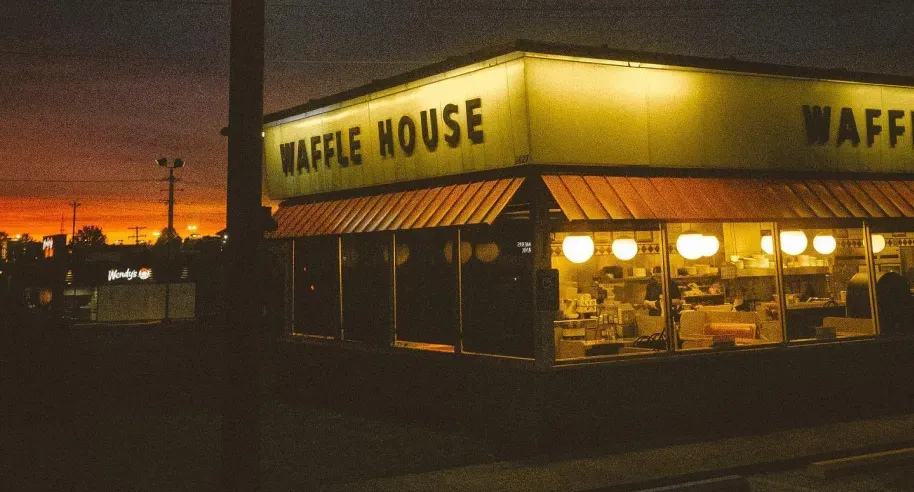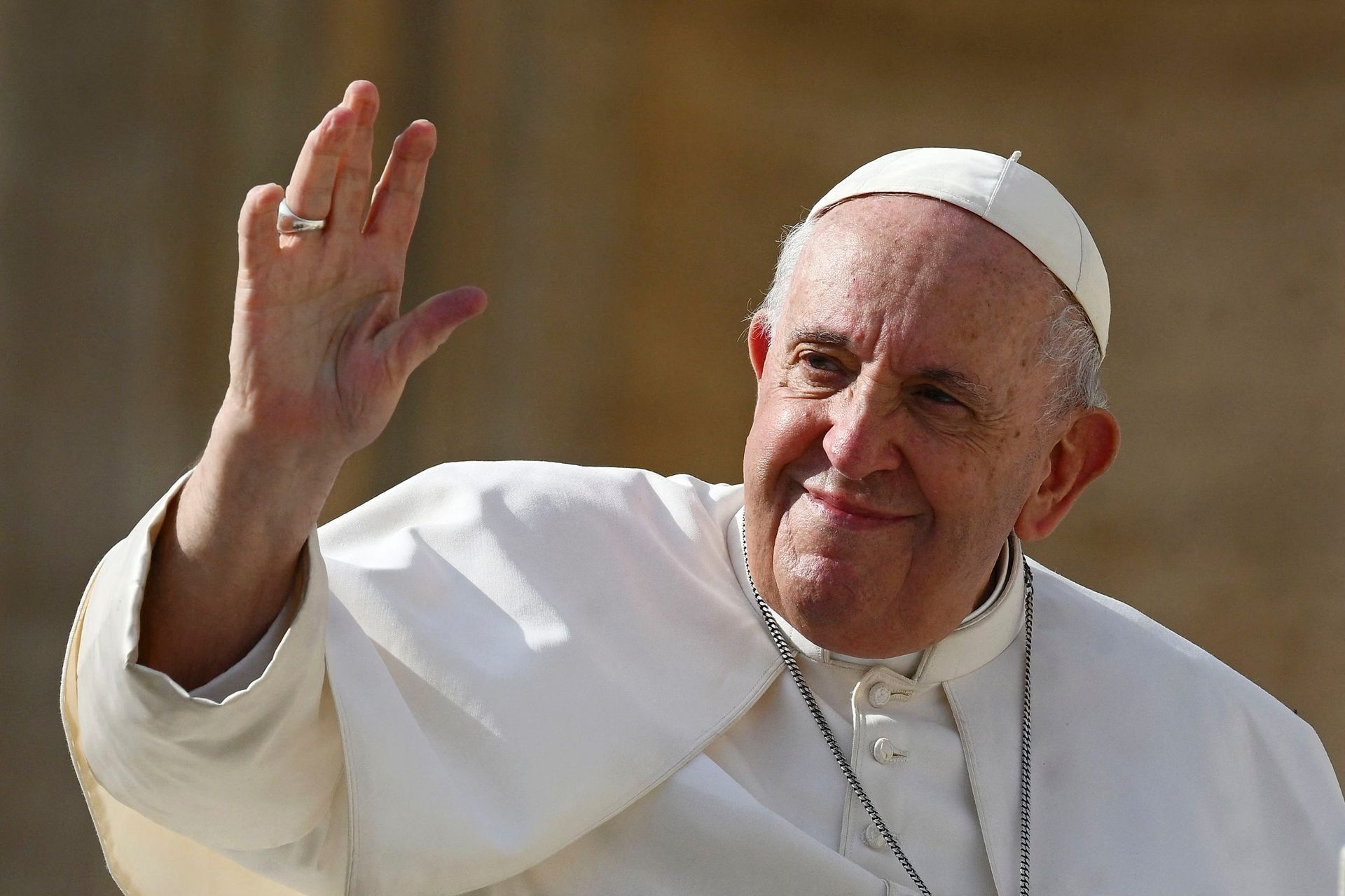Unlikely Altars
Where the Sacred Hides in Plain Sight

I’ve found a little church that doesn’t look like much from the outside. The sign flickers. The booths are cracked. The coffee is… well, let’s just say “average” is generous. But somehow, grace lives here, and I keep finding my way back. Welcome to the Church of Waffle House . On days when I’m preparing to officiate a funeral, I leave early—too early to head straight to the funeral home or cemetery. Houston traffic is unpredictable, and being late is not an option. So, I make a sacred detour: a booth in the back, or a spot at the counter, a plate of scrambled eggs, and hashbrowns “smothered” in onions—because even in grief, a little flavor doesn’t hurt. At the Church of Waffle House , the choir sounds like clattering plates and laughter from nearby tables. The liturgy is simple: coffee refills, a friendly nod, a server yelling the order in that unmistakable Waffle House way. This church doesn’t care if you’re still half-asleep or wearing yesterday’s clothes. Nobody judges if you're mourning, celebrating, anxious, lost, or just really hungry. You’re welcome as you are—hair messy, heart messy, life messy. Come on in. There’s a strange holiness in places like this. Thin places, where the space between heaven and earth narrows. Where people show up hungry—for food, yes, but also for comfort, for quiet, for a breath of something bigger. As I sit with my laptop open and my smothered hashbrowns in front of me, I watch life unfold around me: a toddler taking a bite of a BIG waffle covered in peanut butter, a couple of tired nurses just getting off a shift, a group of teenagers grabbing something before school, and an older man eating alone, ball cap pulled low. Each one carries a story I’ll never know—maybe too heavy for words. But I believe God walks through these doors, too, no matter the hour, no matter the heartache. This is a church without walls, without programs, and without any agenda but to feed whoever walks through the door. It’s messy, imperfect, and that’s exactly why it feels like a little piece of heaven. Here, I am not a celebrant or a reverend. I’m just a tired soul, eating a simple meal and finding a few moments of peace before I stand between the living and the dead to speak words of hope. It’s easy to believe that sacredness only belongs in polished places—sanctuaries, cathedrals, or those “holy” moments we’re all supposed to be ready for. But the Church of Waffle House reminds me: holiness happens wherever love refuses to leave. It happens in mourning and in memory. It happens between forkfuls of hashbrowns and heartbeats of hope. Soon, I’ll pay my check, slide out of the booth, and head toward a family waiting to remember someone they love. But I’ll carry a little bit of this place with me—a full heart, a whispered prayer, and the reminder that even at the edges of loss, grace can still find us—scattered, smothered, and covered.

Word is, Pope Francis has gone home to God. And while the world mourns the passing of a spiritual giant, I can’t help but picture heaven trying to get him to slow down. St. Peter probably met him at the gates saying, “Francis—rest.” And Francis, grinning, replying, “Rest? There’s still work to do.” Because that’s who he was. A holy trouble-maker . A pastor who smelled like his people. A man who traded red shoes for orthopedic ones and golden vestments for the grit of real life. He was more interested in carrying the wounded than in being carried on anyone’s shoulders. As a United Methodist elder who grew up Catholic, my memories of the Church are stitched with sacred things: the quiet weight of the rosary in my mother’s hands, the heavy sweetness of incense, the silence of Good Friday that somehow said everything. I may wear a different stole now, but that tradition still lives in my bones. It taught me to reverence the mystery. And when Jorge Mario Bergoglio stepped onto that Vatican balcony and chose the name Francis , it didn’t just feel like a name. It felt like a signal. A shift. A turning toward the dirt and the poor and the birds and the broken. He was invoking the barefoot saint of Assisi—the one who kissed lepers, talked to sparrows, and prayed with his feet. And just like his namesake, this Francis pointed again and again to the margins and said, “That’s where Christ is.” Not in palaces. Not in power. But in the places where people ache and sweat and scrape by. In refugee camps and rehab centers. In storm drains and soup kitchens. In the lives that don't make the news but make up most of the world. His theology? It wasn’t flashy. Which made it radical. Love the poor. Welcome the stranger. Protect the earth. Tear down walls. Build longer tables. That’s not just doctrine. That’s dinner-table gospel. That’s altar-in-the-wild kind of holiness. We Methodists call it social holiness—faith that doesn’t stay put in pews, but goes walking. Pope Francis lived it. Preached it. Modeled it. Over and over again. And now? It’s our turn. We may not be able to canonize him (yet), but we can canonize his way. In our kitchens and classrooms. In voting booths and food banks. In how we listen, how we serve, how we show up and stay put. We pick up the torch. We live the prayer of St. Francis until it becomes the rhythm of our steps and the shape of our days. Lord, make us instruments of peace. Of joy. Of holy mischief. Rest well, Francis. You found the sacred in the unlikely places. Now it's our job to keep looking.
